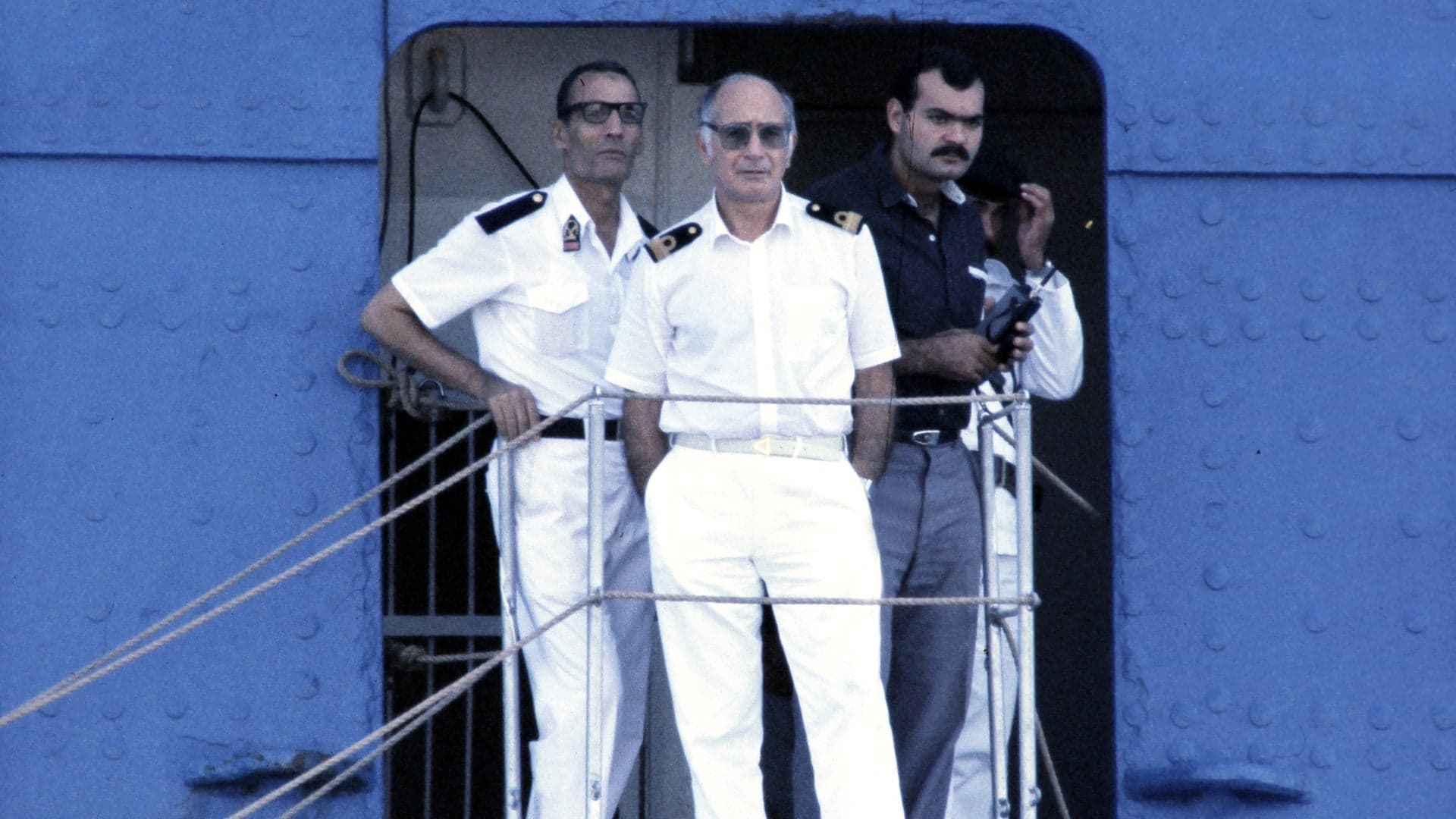On October 10, 1985, the hijacking of the Italian cruise ship Achille Lauro reaches a dramatic climax when U.S. Navy F-14 fighters intercept an Egyptian airliner attempting to fly the Palestinian hijackers to freedom and force the jet to land at a NATO base in Sigonella, Sicily. American and Italian troops surrounded the plane, and the terrorists were taken into Italian custody.
On October 7, four heavily armed Palestinian terrorists hijacked the Achille Lauro in the Mediterranean Sea off the coast of Alexandria, Egypt. Some 320 crewmembers and 80 passengers were taken hostage. Hundreds of other passengers had disembarked the cruise ship earlier that day to visit Cairo and tour the Egyptian pyramids. Identifying themselves as members of the Palestine Liberation Front–a Palestinian splinter group–the gunmen demanded the release of 50 Palestinian militants imprisoned in Israel. If their demands were not met, they threatened to blow up the ship and kill the 11 Americans on board. The next morning, they also threatened to kill the British passengers.
The Achille Lauro traveled to the Syrian port of Tartus, where the terrorists demanded negotiations on October 8. Syria refused to permit the ship to anchor in its waters, which prompted more threats from the hijackers. That afternoon, they shot and killed Leon Klinghoffer, a 69-year-old Jewish-American who was confined to a wheelchair as the result of a stroke. His body was then pushed overboard in the wheelchair.
Yasir Arafat’s Palestine Liberation Organization (PLO) condemned the hijacking, and PLO officials joined with Egyptian authorities in attempting to resolve the crisis. On the recommendation of the negotiators, the cruise ship traveled to Port Said. On October 9, the hijackers surrendered to Egyptian authorities and freed the hostages in exchange for a pledge of safe passage to an undisclosed destination.
The next day–October 10–the four hijackers boarded an EgyptAir Boeing 737 airliner, along with Mohammed Abbas, a member of the Palestine Liberation Front who had participated in the negotiations; a PLO official; and several Egyptians. The 737 took off from Cairo at 4:15 p.m. EST and headed for Tunisia. President Ronald Reagan gave his final order approving the plan to intercept the aircraft, and at 5:30 p.m. EST, F-14 Tomcat fighters located the airliner 80 miles south of Crete. Without announcing themselves, the F-14s trailed the airliner as it sought and was denied permission to land at Tunis. After a request to land at the Athens airport was likewise refused, the F-14s turned on their lights and flew wing-to-wing with the airliner. The aircraft was ordered to land at a NATO air base in Sicily, and the pilot complied, touching down at 6:45 p.m. The hijackers were arrested soon after. Abbas and the other Palestinian were released, prompting criticism from the United States, which wanted to investigate their possible involvement in the hijacking.
On July 10, 1986, an Italian court later convicted three of the terrorists and sentenced them to prison terms ranging from 15 to 30 years. Three others, including Mohammed Abbas, were convicted in absentia for masterminding the hijacking and sentenced to life in prison. They received harsher penalties because, unlike the hijackers, who the court found were acting for “patriotic motives,” Abbas and the others conceived the hijacking as a “selfish political act” designed “to weaken the leadership of Yasir Arafat.” The fourth hijacker was a minor who was tried and convicted separately.

